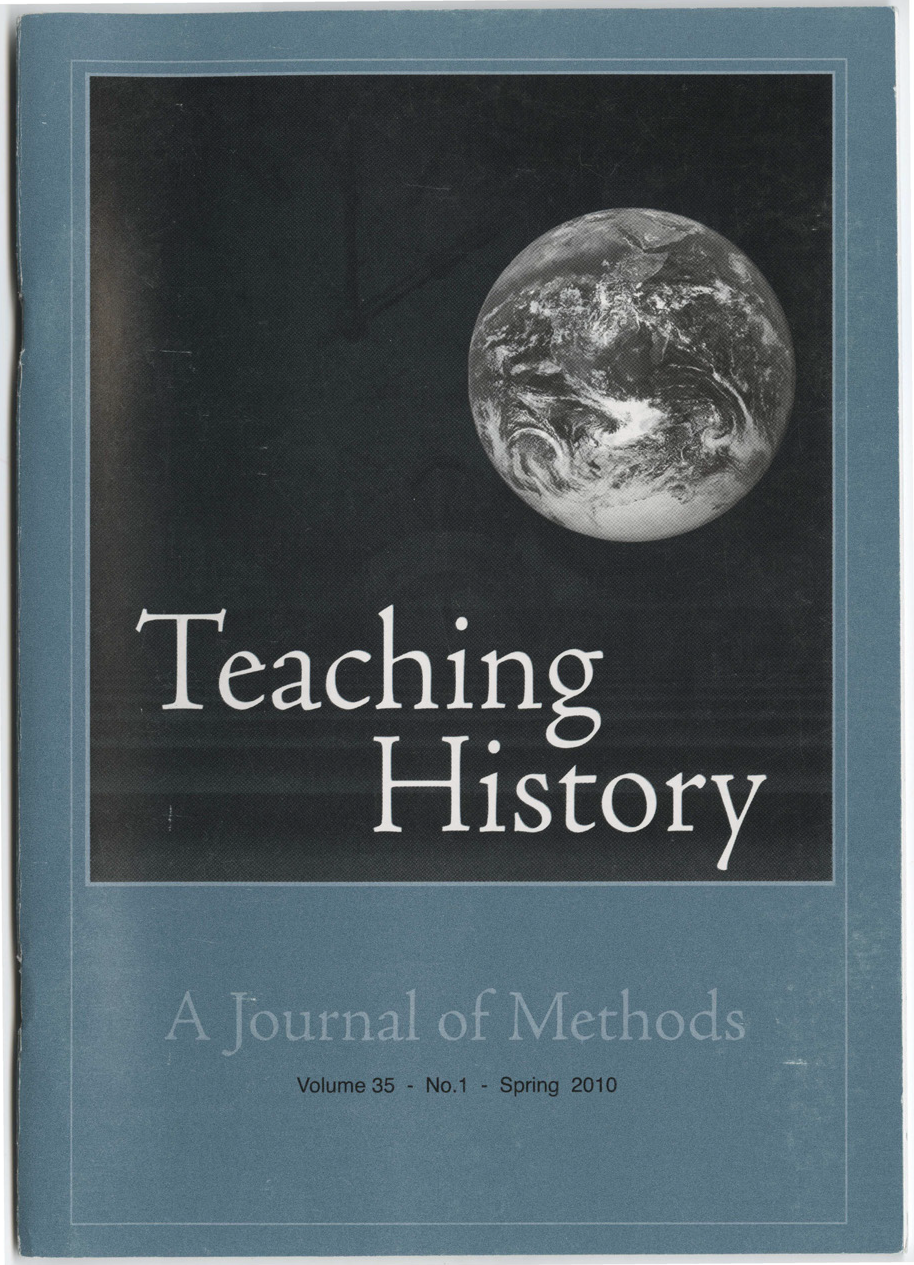Building Historical Imagination With Three Potatoes, Two Carrots, And One Onion
DOI:
https://doi.org/10.33043/TH.35.1.12-22Abstract
Cultivating historical imagination in undergraduate students is often a difficult task. The distance between their lives, generally lived in the last quarter century, and the ways in which people lived in the pre-World War II period can be enormous. The task becomes even more difficult when students think that certain elements of their lives in the present are much more similar to those of previous eras than they actually are. Case in point is the Great Depression. Given the current economic downturn, many students are convinced that, in some ways, they are living in a situation akin to that of the 1930s.
As historians, however, we know that (at least for now) the distance between the depression of the 1930s and the economic troubles of today is significant. The U.S. Department of Labor posted a 9.8 percent unemployment rate for the nation in September 2009. This number, of course, masked significant differences between states. North Dakota boasted the lowest unemployment rate in the nation, at 4.3 percent. Iowa's unemployment rate was 6.8 percent, while neighboring Illinois' was at 10 percent. Michigan suffered the highest unemployment rate, with 15.2 percent unemployed in August. Reflecting the general level of distress, mortgage foreclosures are as high as they have been in a generation. Consumer confidence has slumped significantly. In most parts of the country, retail sales fell considerably at Christmas 2008. Families have found themselves scrimping and saving, trying to remember long forgotten strategies for getting by in difficult economic times. Given the situation and constant news coverage, it is altogether too easy for today's students, whose context for understanding history is the period since 1990, to draw erroneous comparisons between the hard times their grandparents and great grandparents faced with the economic downturn of 2008-09.
Downloads
Downloads
Published
How to Cite
Issue
Section
License
Copyright (c) 2010 Pamela Riney-Kehrberg

This work is licensed under a Creative Commons Attribution-NonCommercial-NoDerivatives 4.0 International License.
By submitting to Teaching History, the author(s) agree to the terms of the Author Agreement. All authors retain copyrights associated with their article or review contributions. Beginning in 2019, all authors agree to make such contributions available under a Creative Commons Attribution-NonCommercial-NoDerivatives 4.0 International license upon publication.



